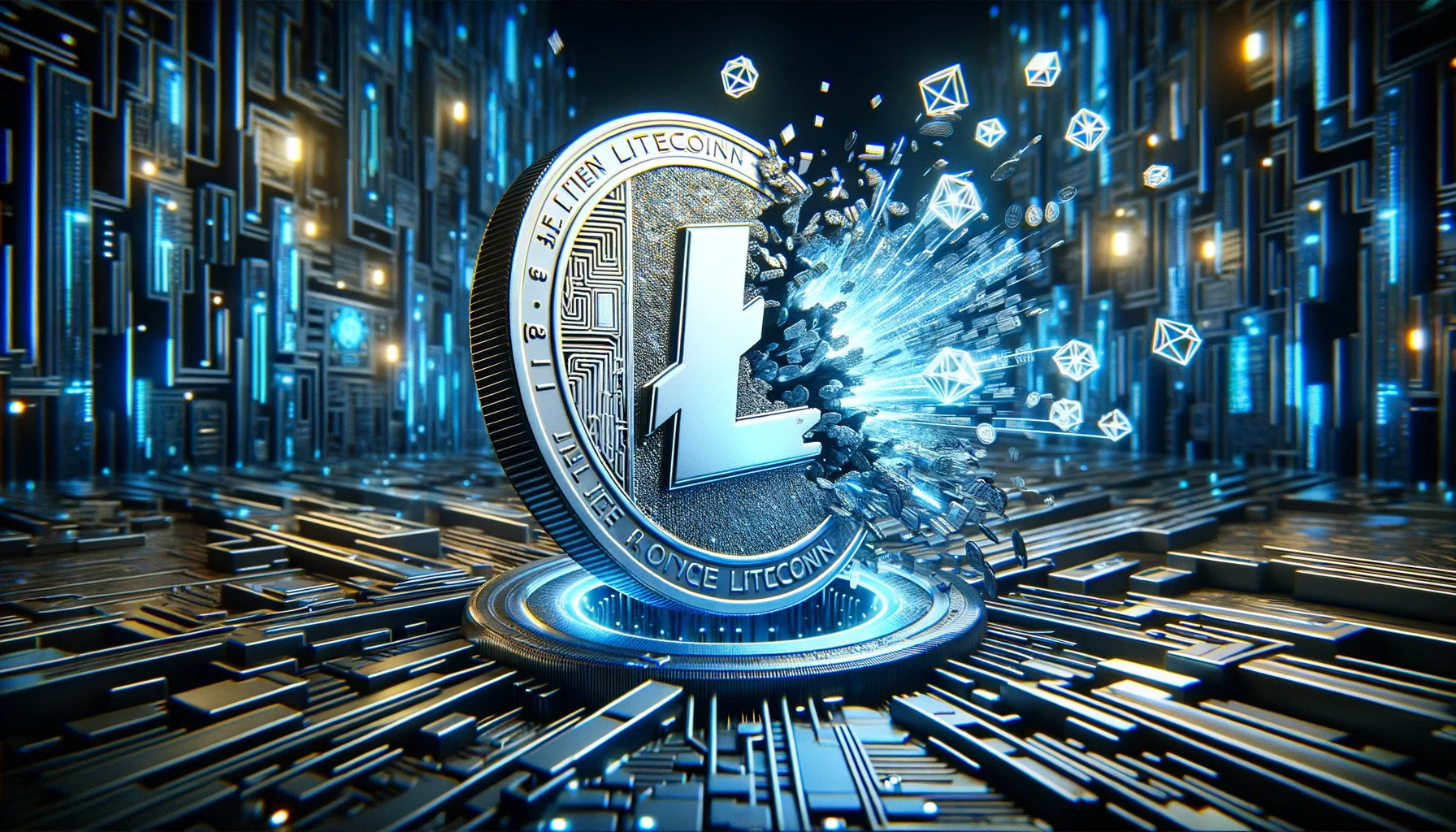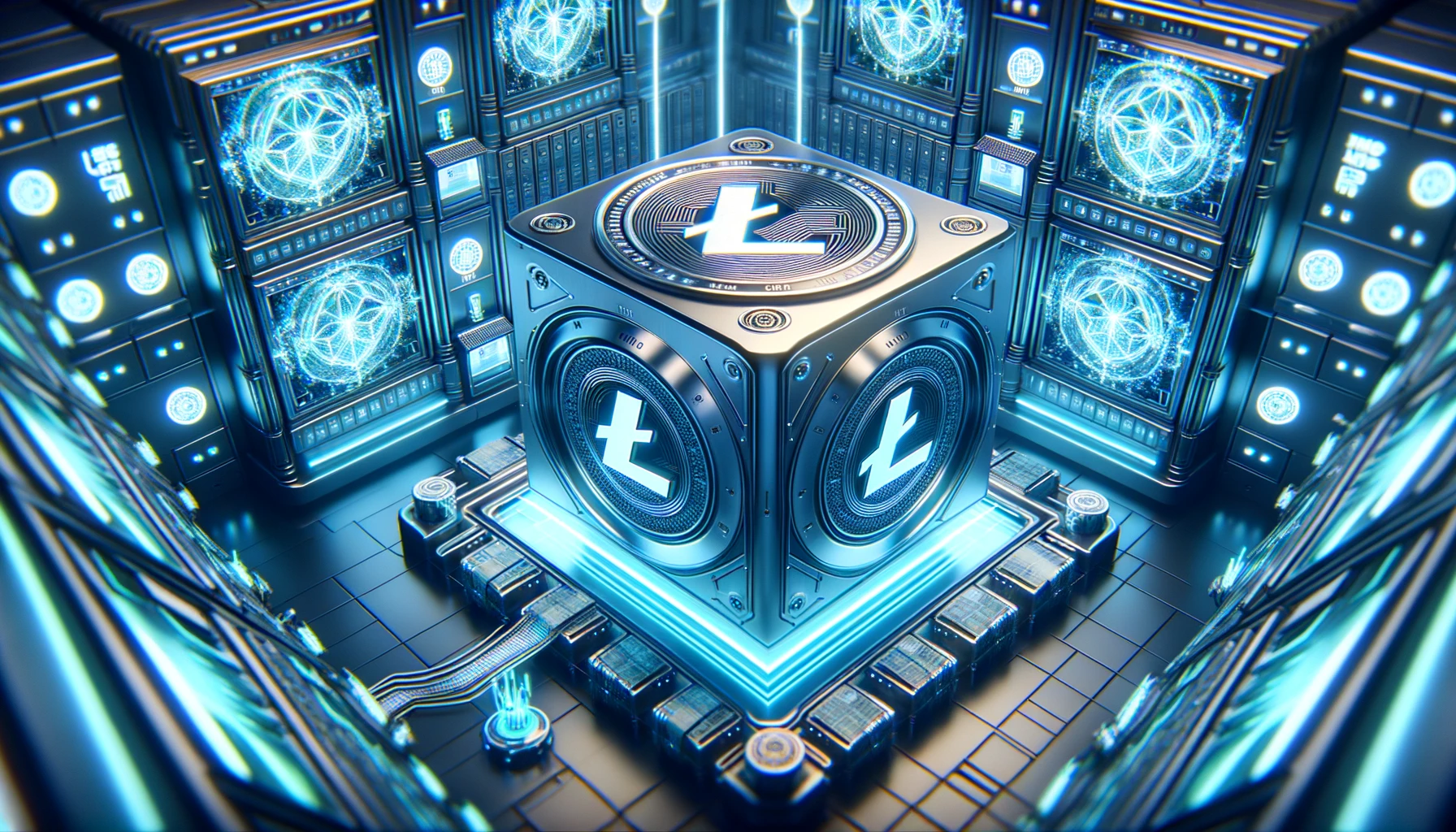Litecoin (LTC) is an innovative cryptocurrency created in 2011 by Charles Lee, a former Google employee, as the first successful fork of Bitcoin. Inspired by Bitcoin, Lee sought to create "digital silver" to complement "digital gold". Litecoin's key goal is to provide fast and inexpensive transactions for everyday payments.

Technically, Litecoin is based on Bitcoin code, but with significant improvements. The Scrypt algorithm instead of SHA-256 makes mining more accessible. Block generation time is 2.5 minutes compared to 10 minutes for Bitcoin, speeding up transaction confirmation. The emission is limited to 84 million coins, which is four times more than Bitcoin.
Litecoin is not just a cryptocurrency, but a tool for financial freedom. We are striving for a future where everyone can make instant and affordable transactions, overcoming the limitations of traditional financial systems.
Litecoin aims to become a global decentralized payment system. The project implements cutting-edge technologies, including SegWit and Lightning Network, remaining at the forefront of the crypto industry. LTC is positioned as an effective solution for microtransactions, complementing the digital asset ecosystem. Its advantages – speed, low fees, and high liquidity – make Litecoin attractive to users and businesses seeking fast and cost-effective digital payments.



